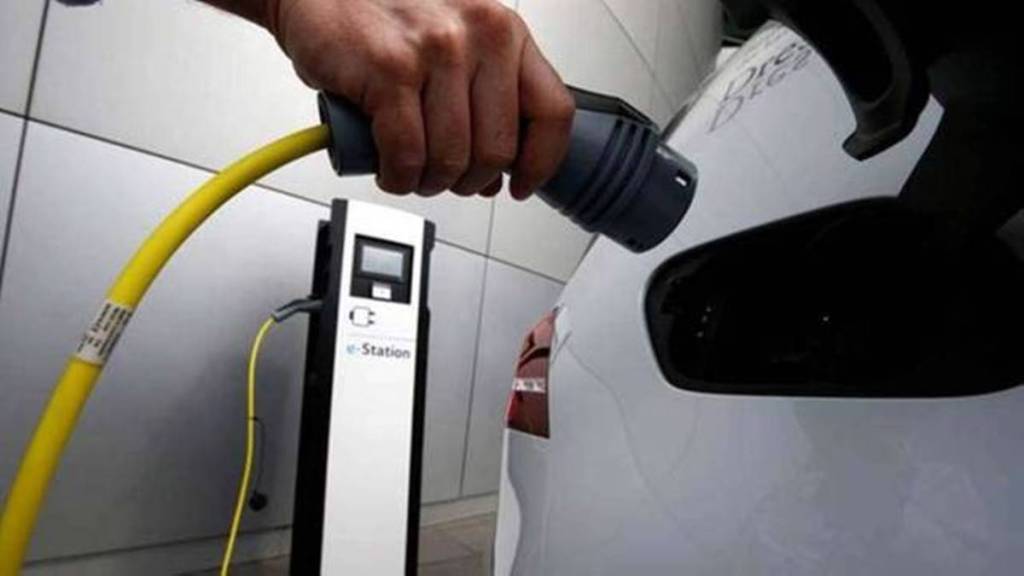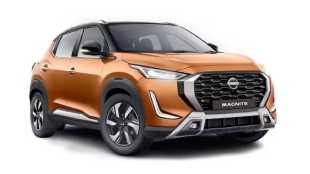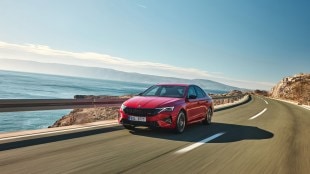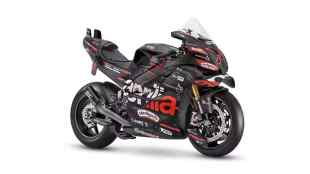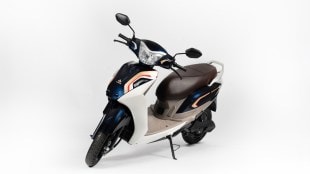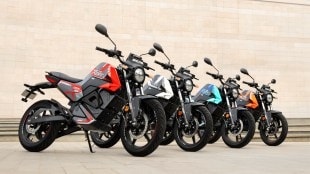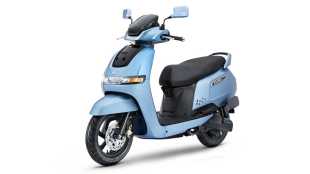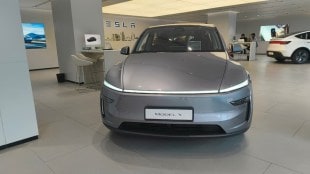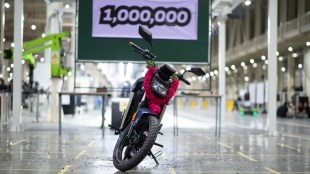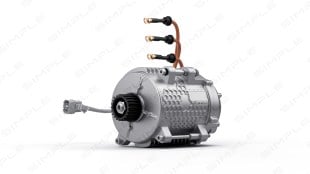Investors in electric vehicle (EV) startups are approaching 2025 with caution, as funding levels are expected to remain subdued, on the lines of 2024. According to data from Tracxn, investments in the EV startup space fell by 35% in 2024, dropping from $1.7 billion in 2023 to $1.1 billion. Compared to 2022, when the sector saw a peak of $2.1 billion across 161 rounds, this represents an overall decline of nearly 50%.
While overall funding remains stagnant, the investment approach is shifting significantly. Venture capital firms are moving away from early-stage investments in EV startups and focusing on more mature, growth-stage companies. According to analysts capital will be directed toward segments like electric buses (e-buses), charging technology, powertrains, electronics, infrastructure, and financing — key areas that drive the broader EV ecosystem.
According to industry analysts, investors are prioritising long-term scalability over short-term gains. “Investors are likely to favour scalable, long-term projects over quick returns,” said Abhijeet Pai, co-founder of Gruhas, a venture capital firm investing in the EV sector. “Growth-stage funding will take precedence over early-stage rounds, with a focus on advanced EV technologies, smart financing, public transport solutions, and charging infrastructure,” he said. Gruhas has invested in multiple EV ecosystem players, including battery-tech startup EMO Energy and EV component manufacturer Matel.
Nikhil Dhaka, vice president at Primus Partners, added that profitability is now a key priority for investors amid rising competition and shrinking government incentives. “Before committing capital, investors are carefully assessing policy shifts, after-sales service, brand trust, and other competitive challenges,” he noted.
Several challenges have contributed to the cautious investment climate. Some EV manufacturers have been disqualified from government incentives under the Faster Adoption and Manufacturing of Electric Vehicles (FAME-II) scheme due to their reliance on imported components. Regulatory scrutiny has intensified, with firms like Ola Electric facing over 10,000 consumer complaints regarding after-sales service. Additionally, traditional internal combustion engine (ICE) manufacturers are gaining market share in the EV sector, further reshaping investment trends.
In 2024, three of the top five EV manufacturers —Bajaj Auto, TVS Motor, and Mahindra & Mahindra – originated from legacy ICE backgrounds. This marks a shift from 2022, when non-ICE startups led the sector. The reduction of government subsidies has also impacted investor sentiment. Under the new PM Electric Drive Revolution in Innovative Vehicle Enhancement (PM E-DRIVE) scheme, incentives for two-wheelers (e2Ws) have dropped by 85% to Rs 10,000, compared to Rs 66,000 under FAME-II in 2022. Similarly, three-wheeler (e3W) subsidies fell by 35% to Rs 50,000 from Rs 111,505. Further reductions are expected in FY26, with subsidies declining to Rs 5,000 for e2Ws and Rs 25,000 for e3Ws. Electric cars have been excluded from the subsidy scheme altogether.
With shifting policy priorities, investor focus is moving toward public transport, battery manufacturing, and critical EV components. “Government-backed bus manufacturers with strong order pipelines are set to attract greater investment,” said Preetesh Singh, a specialist in connected, autonomous, shared, and electric (CASE) mobility at NRI Consulting & Solutions.
One such company, PMI Electro, recently secured funding due to its government-backed orders. “Bus manufacturing will continue to draw investment, supported by over Rs 65,000 crore in incentives under initiatives like PM E-Bus Seva, PM E-Bus Seva-Payment Security Mechanism (PSM), and PM E-Drive,” Singh added.
